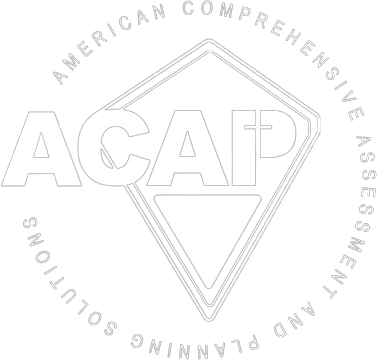
There are many issues with the wide variety of terms and codes used by schools to activate emergency actions. Foremost is that there are a wide variety. Standardization across an area is fundamental for appropriate community understanding which leads to effect emergency response.
Since 9/11 emergency services have recognized the need to use plain language rather than codes, to eliminate confusion about what is wanted and hasten reaction. There need be no other reason to move away from codes. Standardizing language between schools, dispatch and responders will improve communication.
While the point that younger minds should not be scared over the practice or use of the terms is appreciated, our youth soon come to an understanding of what is going on regardless of the terms used. We must trust in our educators to prepare our children for an emergency by giving them the time and resources they need to educate and practice.
Certain terms have been overused, or misused inappropriately, and as such have been rendered ineffective, whether we like to admit it or not. At the top of this list is “lock”; lock-in, lock-out, lock-down, hard-lock, soft-lock, we all know of a lock term. Terms which can be associated with specific directions need to be used.
In Michigan schools are required to perform “lockdown drills” along with tornado and fire drill. We have focused on responding to specifics rather than generally preparing for emergencies so much that we freeze when the emergency doesn’t fit our training. We need to prepare more by looking to generalizing actions and terms. Our research shows that fewer, simpler, instructions which can be used in a variety of situations are more effective: having higher retention, faster and more accurate responses.
Finally, what little study can be done on active violence emergencies is showing that multi-option response (that which is based on giving the options to Avoid, Barricade, Combat / Run-Hide-Fight) will save lives over just hiding(1). The term, “lockdown” conjures the imagery of inability to move; this would be contrary to the ABC’s of multi-option response. Thus, terms must be used which can inspire people to respond accordingly.
Looking at the multitude of situations that those in schools might be called upon to deal with could result in a list of commands. However, we need to consider whether to seek to turn educators into first responders or keep it simple enough to allow for the fewest number of commands with the greatest incident coverage. If the goal is to minimize the number of commands, then the school emergency response directives which meet the points made above are:
- High Alert (Lockdown – lockdown means different things to different people; the need for clarity means a new term is needed): an eminent threat is present at the school and emergency actions are necessary (Avoid-Barricade-Combat / Run-Hide-Fight / Confuse-Confront-Call-Clear Out / Move-Secure-Defend)
- Hall check (Secure Mode): All doors and windows are secured against threat/disruption; no one is allowed in the halls; learning continues
- Exit (Evacuation – covers fires): Everyone leaves the building heading for evacuation sites as designated
- Shelter (Reverse Evacuation – covers tornados and outside threats): Everyone moves towards designated shelter areas, including those outside the building
For further reading on these and other safety matters, look up our website at ACAP-solutions.com
For additional research work on simplification of Standardize School Response Commands, link to Idaho School Safety & Security ISCRS-White-Paper.pdf (idaho.gov)
Footnotes: (1) Cheryl Lero Jonson, Melissa M. Moon & Joseph A. Hendry (2020) One Size Does Not Fit All: Traditional Lockdown Versus Multioption Responses to School Shootings, Journal of School Violence, 19:2, 154-166, DOI: 10.1080/15388220.2018.1553719
